In retrospect, September was a good month in the Kharkiv region but not so good in Kherson. They are two different kinds of offensives. The Ukrainian military has did a good job of retaking the occupied areas of Kharkiv oblast west of the Oskil River. In Kherson, they attacked strong multiple layers of defenses exactly where they were expected to attack. It resulted in small gains and high casualties.
In Kharkiv, the Ukrainian Army exploited gaps found in the Russian defenses and pushed large forces into them faster than the Russians could react. Russian forces were partially enveloped cutting off resupply but not retreat. Unfortunately, most of the Ukrainian forces involved have to move on foot so the Russians were able to make a new defensive line at the Oskil river and reservoir before the Ukrainian Army could seal off avenues of retreat and clear all the pockets of Russians caught behind UA lines. Additional delays occurred because of the limited means to move forces and supplies forward.
Although there are reports of large numbers of Russian armored vehicles and soldiers captured, the details that are public point to more modest captures. Described as about 300 armored vehicles with 200 of these needing repairs. The rarity of pictures or video and the refusal to publicly state the number of prisoners seized in the offensive leads to the conclusion that there have not been large numbers of Russian soldiers captured. The inadequate mobility, lack of secure radios, and insufficient training of the light infantry forces of the Army, Territorial Defense Force, and National Guard resulted in letting most Russian soldiers and vehicles to escape to fight another day.
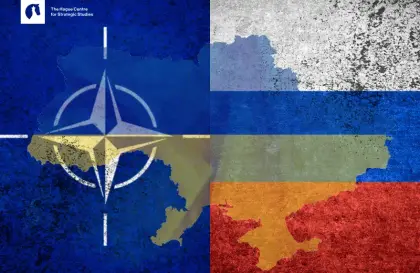
NATO Needs to Get its Act Together Now, Before it’s Too Late
Kherson was initially promoted as the beginning of the counteroffensives to drive Russia out of Ukraine. When this talk began the Russians had much smaller forces in the south. Their highest force densities were in the northeast. The slow but obvious preparations for attacking in the Kherson region resulted in the Russians moving many battalions to the Kherson and Zaporizhzhia regions to reinforce their defenses.
After the successful counteroffensive in the Kharkiv region, many Ukrainian officials began talking about the Kherson operation as a “successful” diversion operation to draw Russian forces away from Kharkiv. This is nonsense in any way it is considered.
If it truly was a planned diversion, then it was operational malpractice. A successful attack against Russian forces in the south would have recovered large areas in the south and drawn Russian forces from the northeast to shore up the new Russian defensive line in the south. Then the Kharkiv operation could have still proceeded as it did. Gaining victories in both regions.
Based on the forces involved and their movements over the past two months, the Kherson operation appears to have been intended as a counteroffensive to retake the region west of the Dnipro River. In this case, the planning and preparation were conducted too slowly and too obviously. Allowing the Russians to reinforce and build stronger and multilayered defenses. The result has been a slow advance and high Ukrainian casualties.
The Ukrainian Army has made progress but has a long way to go yet. Neither this article nor the others in this series are intended to place blame or accuse anyone of anything. I write to inform and like the third part of an After-Action Review to make recommendations for the future.
I have no doubt that Ukraine will eventually generate enough combat power to drive out the Russian military. But at the pace of change that I can see, it will require several years to accomplish this. With the recommendations in this series, it can be done within a year.
Ultimately, it has been the courage and stubbornness of President Zelensky and the Ukrainian people, especially the soldiers and volunteers on the frontlines, that have blocked Russia from winning. This should not be wasted on outdated military practices nor lack of resources. Instead, it should be reinforced with:
- Better prepared small unit leaders.
- Better and more relevant training at all levels.
- Widely fielded, encrypted radios and other communications systems.
- Widely fielded Battle Management Software (BMS) system.
- Mobility
- A better mix of firepower.
Each of these bullet points are covered in articles that will be posted in the coming days. They are all necessary to achieve a 21st century world-class Army that can effectively and efficiently defeat the Russian Army. This can be achieved far more economically and quickly than the current process. As with an OODA loop, these changes will allow the Ukrainian military to significantly increase the speed of operations to a pace that will overwhelm the Russian military. Resulting in fewer Ukrainian casualties and a quicker end to the war.
Time is Short
It has often been said that men will readily go to their first battle, but it is more difficult to get them to go to their second. It looks like the EU will prepare and push through the upcoming winter to stand strong against Russian aggression. The more difficult question is if they will continue to stand strong for a second difficult winter. Especially if energy resources are depleted this winter and insufficient resources can be stockpiled for the following winter. Ukraine must prepare for the possibility that major pressure could be brought to reach a settlement next year or an end to many of the sanctions.
Compounding the pressure from the EU could be a political platform by a major US Presidential candidate advocating ending support for Ukraine and/or NATO. This could stir division in the US and Europe.
The recommendations made in these pages can be accomplished within a year. This requires thinking outside the box to analyze and recommend alternatives to traditional weapons and other equipment in place of items that are not possible to acquire in a timely manner. An eye to long-term sustainability also plays a role so that Ukraine can affordably maintain a strong military while rebuilding the country and growing prosperity for future generations.
Michael Rogers is a U.S.-based policy, strategy, training, and operations consultant.
Reprinted with the author’s permission from Relentless Liberty.
The views expressed in this article are the author’s and not necessarily those of the Kyiv Post.
You can also highlight the text and press Ctrl + Enter



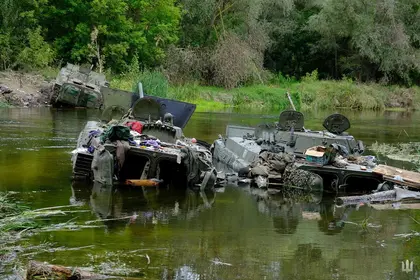
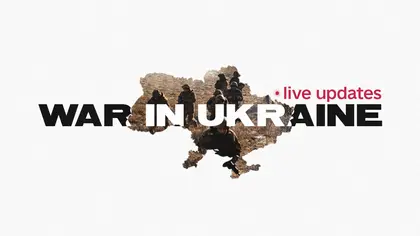
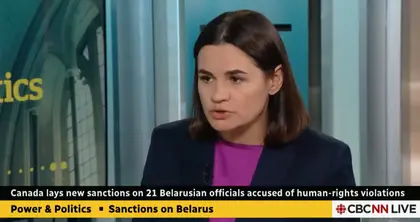
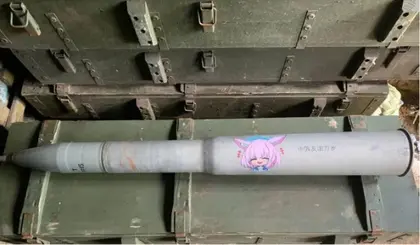
Comments (0)